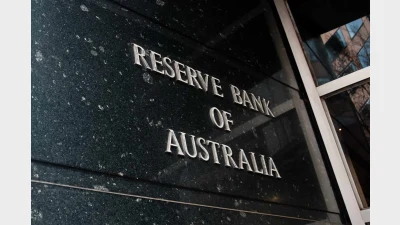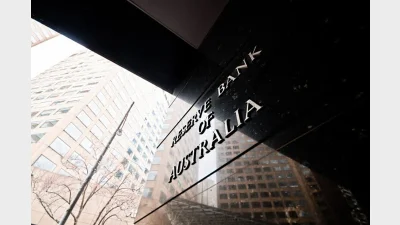Retain choice says ING




|
ING Australia has warned the second phase of the Cooper Review against pursuing policies that are protectionist and anti-competitive by retaining initiatives such as choice of fund and supporting the introduction of performance comparison data.
In its submission to the second phase of the review into superannuation, ING said it also believed there needed to be increased transparency and competition in the selection of default funds for people in awards.
The submission said ING did not believe there was a need to create a government-run default fund and that it was important that a level playing field existed for all superannuation fund providers so that certainty could be provided to members.
In its recommendations to the inquiry, ING has joined the growing list of companies calling on the Government to sanction the use of tax file numbers in linking members with lost super accounts and for default fund arrangements to be moved outside of the industrial relations system.
On the question of financial advice, ING said it supported the approach outlined in the Investment and Financial Services Association's member charter.
“Advisers must be remunerated and ING Australia continues to support an advice regime that encourages quality financial advice that is affordable and accessible,” the submission said.
Recommended for you
Large superannuation accounts may need to find funds outside their accounts or take the extreme step of selling non-liquid assets under the proposed $3 million super tax legislation, according to new analysis from ANU.
Economists have been left scrambling to recalibrate after the Reserve Bank wrong-footed markets on Tuesday, holding the cash rate steady despite widespread expectations of a cut.
A new Roy Morgan report has found retail super funds had the largest increase in customer satisfaction in the last year, but its record-high rating still lags other super categories.
In a sharp rebuke to market expectations, the Reserve Bank held the cash rate steady at 3.85 per cent on Tuesday, defying near-unanimous forecasts of a cut and signalling a more cautious approach to further easing.











